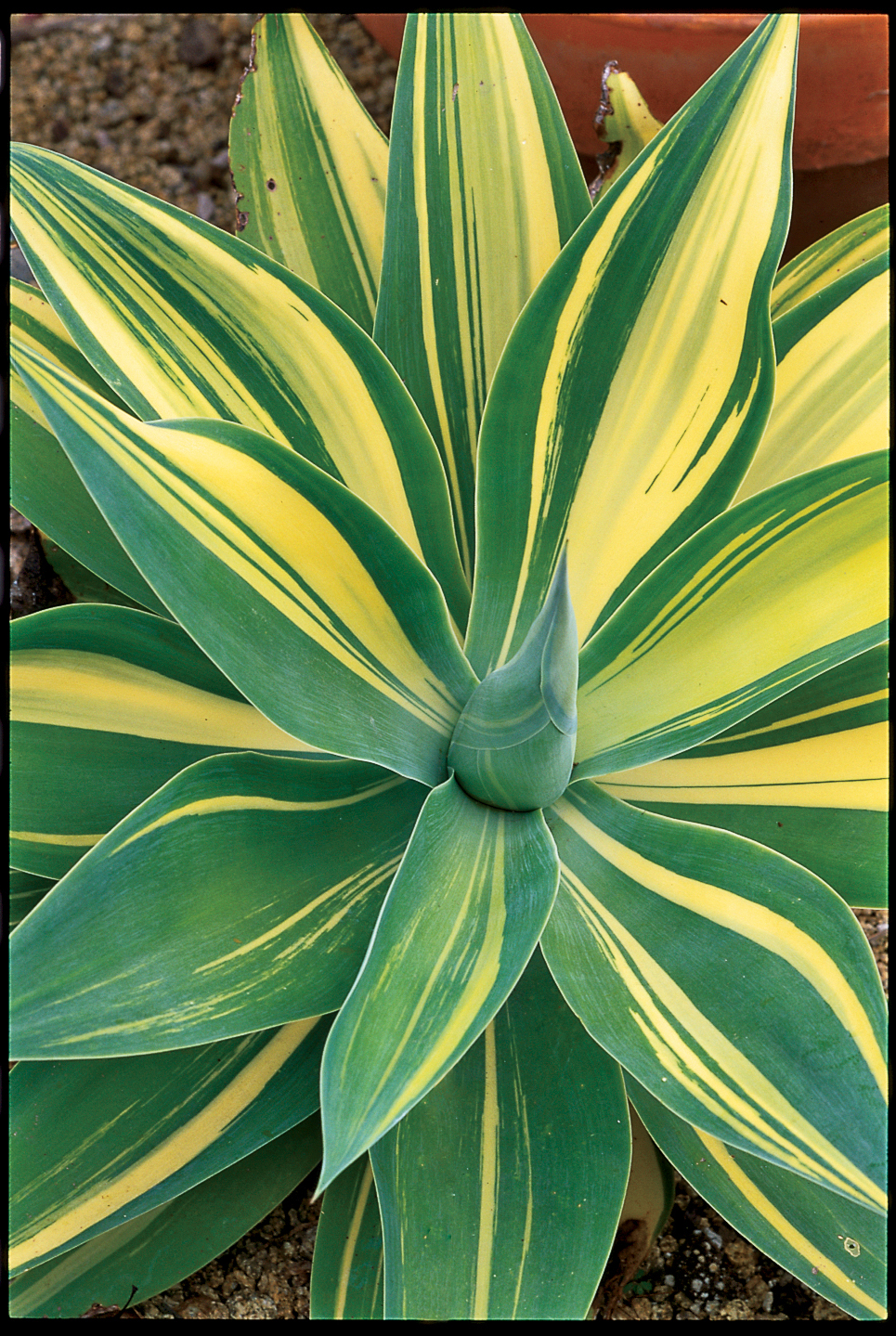
16 Agave Plants Sunset Magazine
Plant Care: Light: Full sun Watering: Low Temperature: Sensitive to temperatures below 50 o F (10 o C) USDA Zone: 9b to 11b Air humidity: Low humidity Soil pH: 6.6 to 6.8 (slightly acidic) Fertilizing: Dilute, balanced fertilizer once during the growing season Propagation: Division of offsets Re-Potting: Once every two years

Agave Attenuata l'agave à cou de cygne
Agave attenuata is a species of flowering plant in the family Asparagaceae, commonly known as the foxtail or lion's tail.The name swan's neck agave refers to its development of a curved inflorescence, unusual among agaves. Native to the plateaux of central west Mexico, as one of the unarmed agaves, it is popular as an ornamental plant in gardens in many other places with subtropical and warm.

Agave 'Blue Glow' 12'H, 23'W. Native to Mexico. Terrasse jardin, Jardins, Tropical
Foxtail agave (Agave attenuata): Also known as the spineless century plant, this species grows 5 feet tall with spineless, broad pale-green leaves. It flowers frequently—without dying—in zones.

Attenuata Fleurissant D'agave Dans Le Jardin Image stock Image du vulpin, accroissement 145149529
Agave attenuata 'Nova' is a lovely, drought-tolerant succulent with large, attractive blue-green leaves. The leaves are void of any margins and have a smooth, uniform surface. They are flexible and curve backward. When fully grown, individual rosettes can get quite large at about 5 feet tall.

Agave attenuata in flower in the tiny island of La Graciosa, north of Lanzarote. Spain
Agave attenuata is from central Mexico and rare in the wild. Typical of agaves, it blooms once in its lifetime, then dies. Bloom stalks form in midwinter, attain maturity by spring, and are unbranched and arching. Their bushy look led to the name "foxtail agave."

The Most Beautiful Agave Plants and How to Care For Them Sunset Succulent landscaping
The Attenuata Fox Tail Agave originates from Mexico, making it a hardy succulent plant. It adds flashiness to a landscaping bed and does well in pots standing on a patio or rock gardens. Agave Attenuata Care. Even while the Agave attenuata Fox Tail has this extravagant flower, it does not have a fragrance. Hence, it makes for an exceptional.

Agave Attenuata Variegata More Succulent Gardening, Cacti And Succulents, Planting Succulents
Agave attenuata grow and care - succulent leaf plant of the genus Agave also known as Lion's tail or Foxtail agave, Agave attenuata perennial evergreen plant, the plant dies after the bloom and the young plant grow instead and also used as ornamental and medical plant also drought tolerant, can grow in desert, subtropical, mediterranean, tropic.
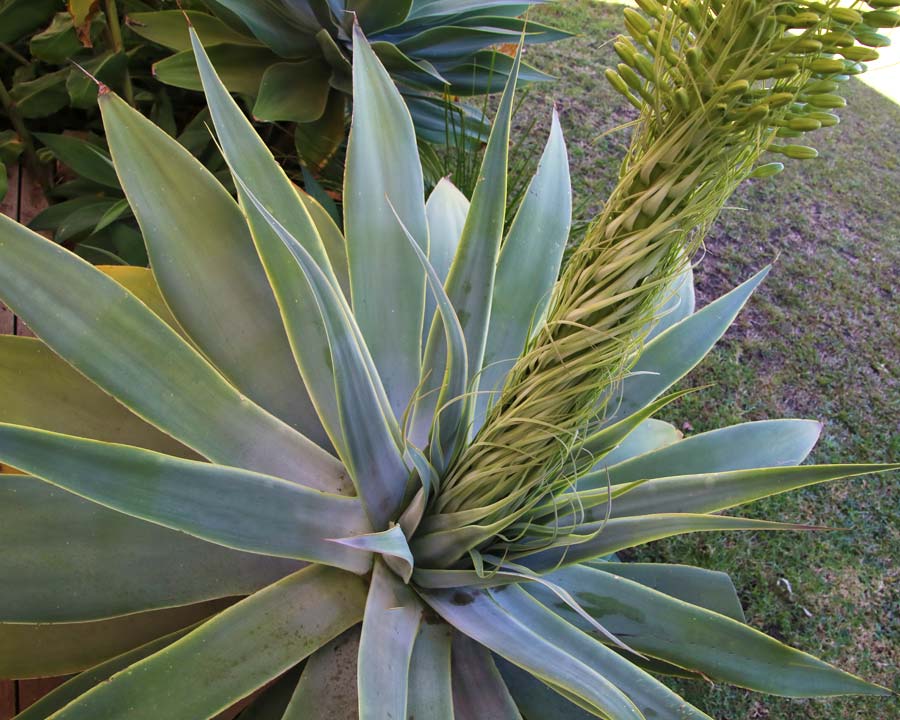
Agave attenuata
Agave attenuata, more commonly known as the Foxtail Agave, Swan's neck agave, Lion's tail, or Dragon-Tree Agave, is a lovely evergreen succulent with a rosette of silvery-green leaves which grows on the top of a thick stem. When it flowers, it produces an arching stem with masses of yellow flowers.

Agave Attenuata
Agave attenuata prefers full sun, but can tolerate partial shade. Regards, soil type, Lion's Tail has a preference for sandy soils that are well-drained and slightly acidic. Foxtail Agave photograph by brewbooks; CC. Planting outdoors will be fine so long as the temperature does not drop below 50°F (10°C) in the winter.

Cactus D'agave Avec La Fleur Photo stock Image du beau, centrale 48087848
Agave attenuata (Fox Tail Agave) is a spineless rosette-forming succulent native to Mexico. Rosettes are large and showy, with curving leaves arranged symmetrically. Small stems support the rosette, but they're hidden underneath the foliage and rarely visible.

Agave attenuata Agave Attenuata, Cactus, Plants, Gardens, Succulent Plants, Blue Prints, Plant
Here are a few attenuata choices: Agave cernua; A. attenuata "Ray Of Light" - variegated selection, white streak on the outside edge of the leaf. A. attenuata 'Nova' (aka 'Boutin Blue') - a 'blue" selection; Attenuata is one of the parents of Agave Blue Glow. Related Reading: The Artichoke Agave (Agave Parryi) Suggested.
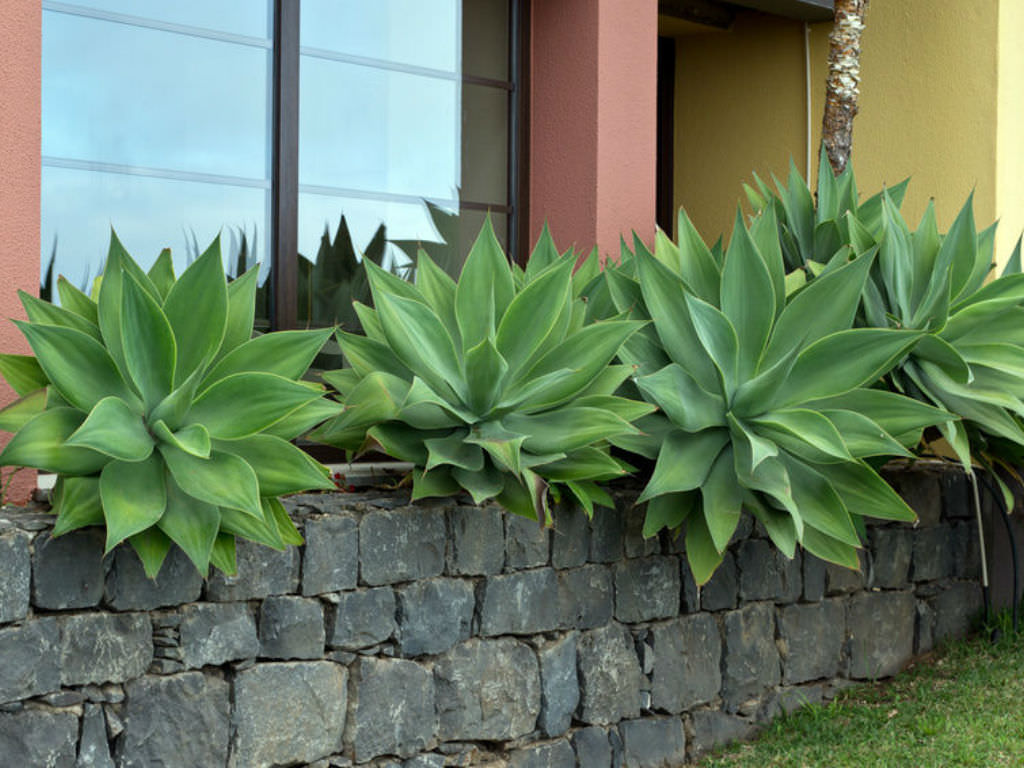
Agave attenuata (Fox Tail Agave) World of Succulents
The great thing about this Agave though is that it is very easy to propagate from. As the main stem grows it will also send off some offshoots called pups. When it does this you then have three options. You can either leave it as it is to then grow into a bush, you can cut off some or all of the pups to propagate from and leave the main plant.
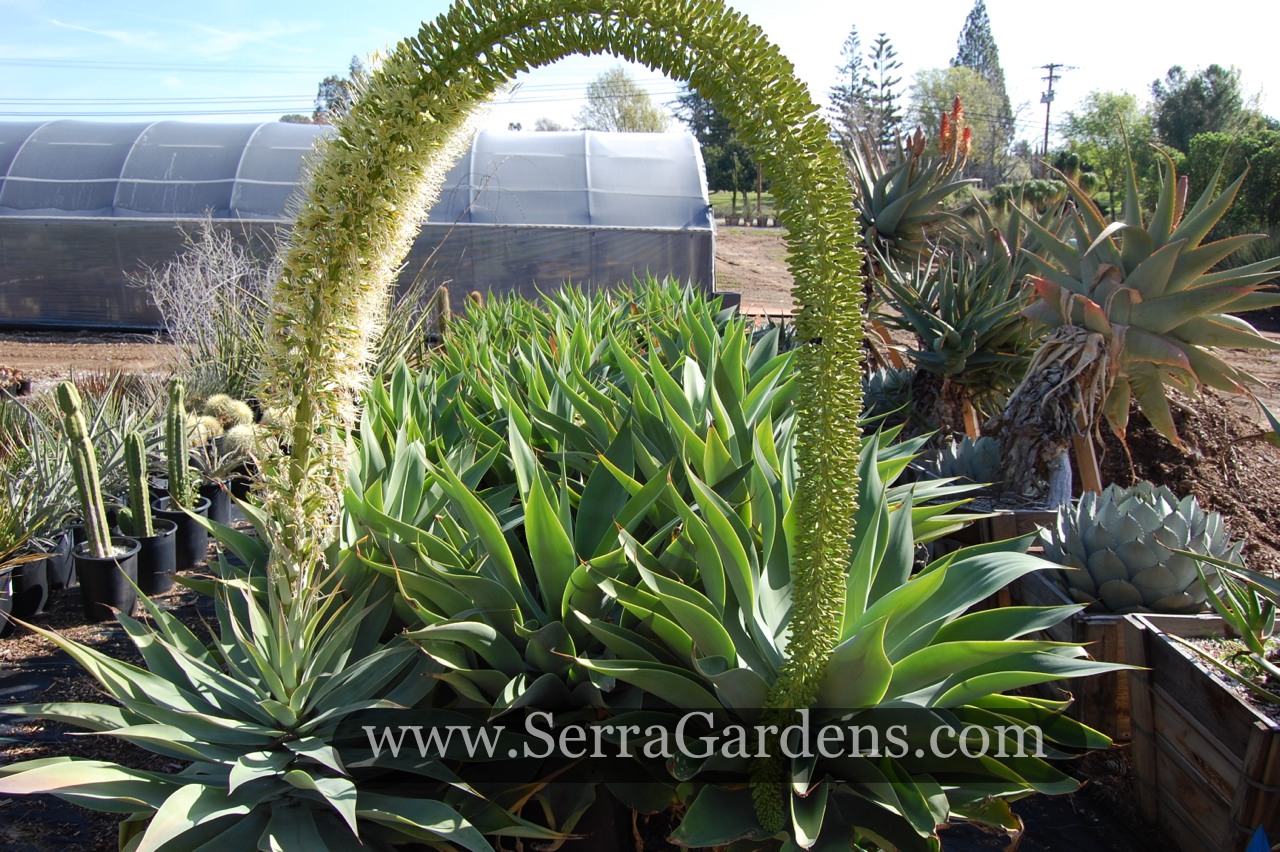
Agave attenuata
Agave Attunata 'Variegata' succulents need strong light. When planting this succulent type in a garden, make sure it gets sunlight. Full to partial sun is the best for its growth. It is better to grow outdoor rather than indoor. This type of succulent prefers a warm climate. It can survive at zone 9b-11b which is around -3.9°C (25°F). If.

Agave à cou de cygne (Agave attenuata) Espèce type Agave attenuata, Plantes grasses et Jardinage
Agave attenuata 'Foxtail Agave' is a visually striking succulent with a rosette of thick, fleshy, and pale green leaves. The leaves are smooth, spineless, and curve gracefully backward, resembling a foxtail or swan's neck. The plant can grow up to 4 feet (1.2 meters) tall and 6 feet (1.8 meters) wide, making it an impressive addition to.
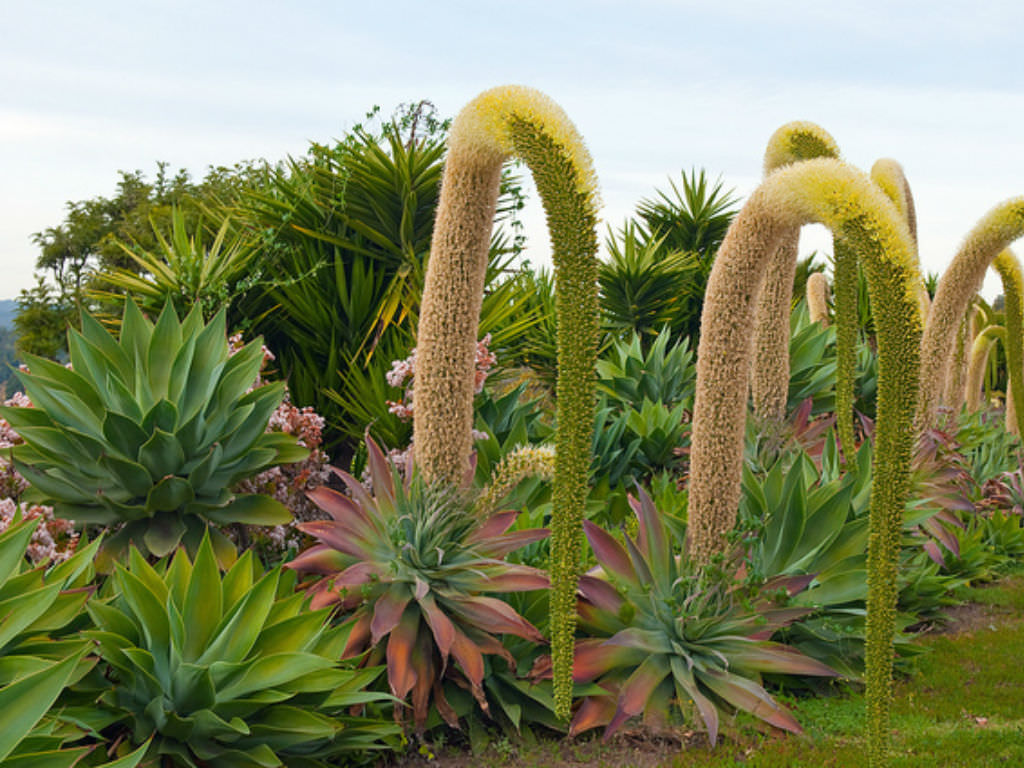
How to Grow and Care for a Fox Tail Agave World of Succulents
Agave attenuata is a perennial succulent native to Mexico. The plant is also known as the Fox Tail and the Lion's Tail because of the tall, flowering stalk it produces resembling an animal's tail. The Attenuata Agave grows well as both a houseplant and outdoors in the garden. Agave Attenuata Appearance

Gracieux mais gélif, l’agave attenuata, également appelé agave à cou de cygne, pousse lentement
Family: Asparagaceae Native Range: Mexico Zone: 10 to 12 Height: 2.00 to 3.00 feet Spread: 3.00 to 4.00 feet Bloom Time: Rarely flowers Bloom Description: Yellow green to white Sun: Full sun to part shade Water: Medium Maintenance: Medium Flower: Showy Leaf: Evergreen Other: Winter Interest Tolerate: Drought Garden locations Culture